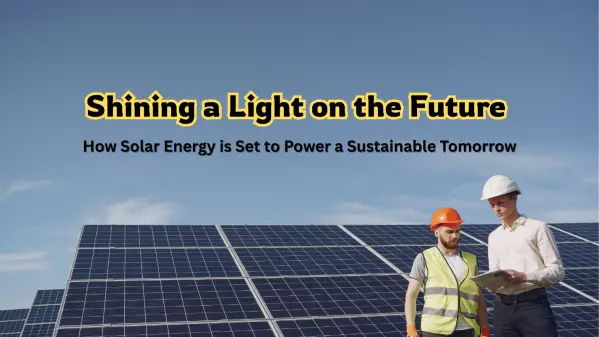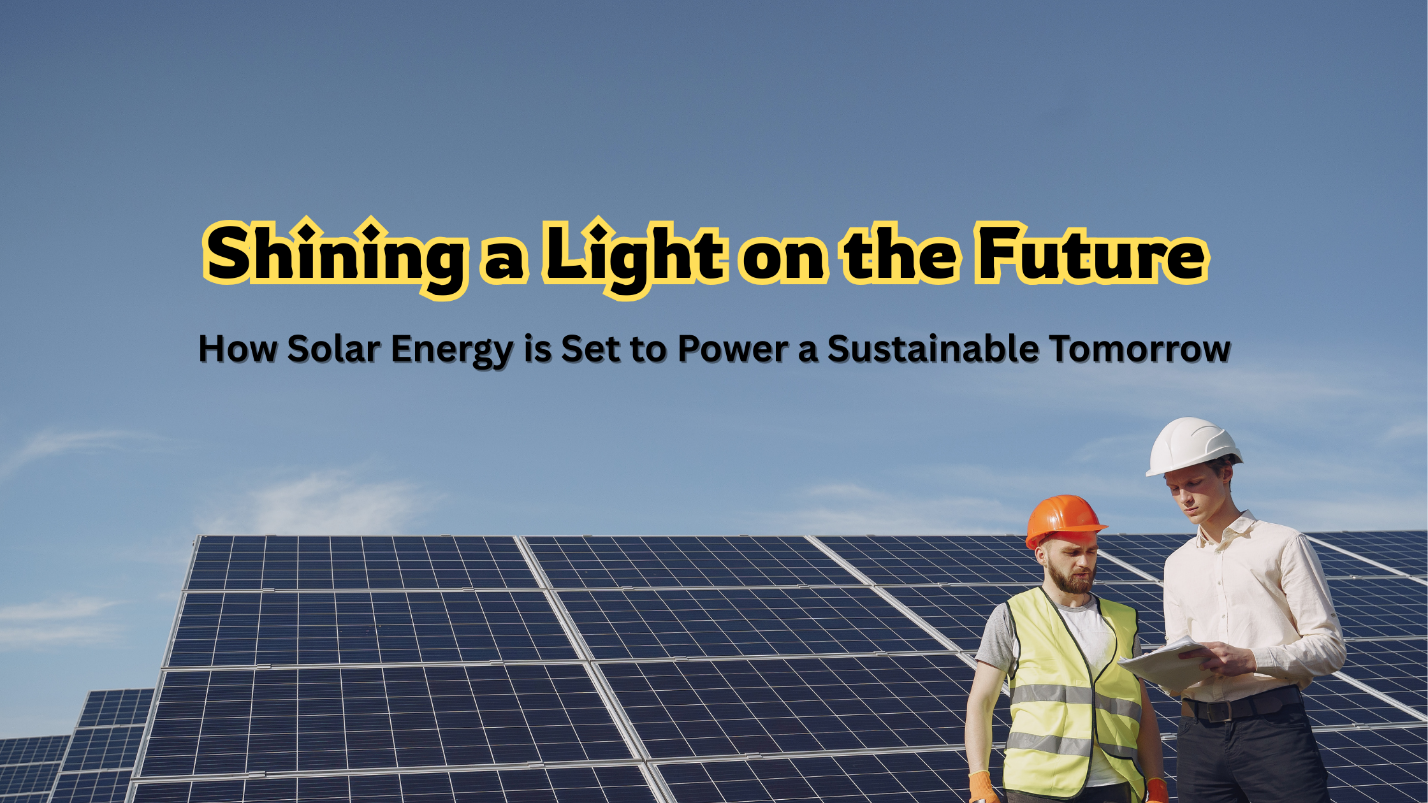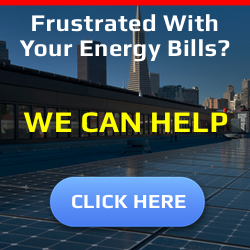image credit: Image Source: Edited with Canva.
- May 2, 2025 8:24 am GMT
The last decade has witnessed unprecedented advances in solar energy, and the future is even brighter through technological innovations, declining costs, and supportive policies. From global installation patterns to local growth across the United States and policy formulation, the solar sector will be playing a crucial role in the world’s transition to clean energy. This article explores innovations and trends in solar energy deployment, with particular emphasis on what the U.S. solar market can learn and how the rest of the world is progressing.
Global Solar Deployment: Falling Costs and Expanding Capacity
The global solar energy landscape has undergone unprecedented transformations. As per the International Renewable Energy Agency (IRENA), the price of energy from Concentrated Solar Power (CSP) has plummeted, with the world-weighted average levelized cost of energy (LCOE) declining by more than 70% between 2010 and 2023. In the U.S., photovoltaic (PV) deployment continues to break records, with a projected increase in PV installations and energy storage systems in 2024, further cementing the nation’s commitment to clean energy.
As the world continues to embrace solar, its dominance as the least costly energy source has been confirmed. The International Energy Agency (IEA) reports that solar photovoltaics (PV) will be the largest renewable energy source by 2029. This global transition has been boosted by favorable policies, declining costs, and increasing demand for distributed solar systems like rooftop solar facilities. The increased demand for affordable and sustainable energy options is driving this growth, and the U.S. is not excluded.
U.S. Solar Market: Growth, Investment, and Policy Support
In the United States, solar energy is poised for a revolutionary decade. Solar deployments in the U.S. continue to grow, with an expected growth in 2024 and in the future. The United States government has been instrumental in this expansion through numerous policies, such as the Inflation Reduction Act (IRA), which offers further incentives for solar installation and storage. This assistance has resulted in a steep rise in third-party ownership of home solar systems, especially since high interest rates have rendered financing more difficult. Consequently, the proportion of third-party-owned systems in America has risen appreciably.
The National Renewable Energy Laboratory (NREL) indicated that the U.S.
installed nearly 14.1 gigawatt-hours (GW-hours) of energy storage during the first half of 2024. This represents the largest first half in history and points to increased demand for solar-plus-storage systems. Such hybrid systems—of PV and energy storage—are set to dominate U.S. solar installations in future years, with improved grid stability and energy self-sufficiency.
Solar Module Pricing and Manufacturing: Key Developments
The U.S. solar industry has experienced a consistent reduction in the price of PV modules, with Q2 2024 average prices decreasing by 16% year-over-year. Although there was a modest increase in prices in Q3, module prices are still at near-record levels, fueled by module overcapacity. Meanwhile, the U.S. solar manufacturing industry has experienced rapid growth, fueled by the IRA. During the first half of 2024, U.S. manufacturers shipped 4.2 GW of PV modules, a 75% increase from the same period last year.
In addition, the U.S. government has strategically taken steps to promote domestic solar manufacturing, such as providing a 25% investment tax credit to producers of solar ingots and wafers. Higher manufacturing capacity, coupled with upgraded production technology, will ensure that the U.S. solar sector continues to grow and become a crucial player in the global solar supply chain.
Challenges and Opportunities Ahead
Even though the solar energy sector has registered phenomenal progress, it still faces challenges that need to be addressed to ensure growth. Integration of solar power into the grid is one of the key challenges. As solar power becomes an increasingly large contributor to electricity generation, grid integration has grown more complicated. Enabling smarter inverter technology and advances in energy storage technologies will play a decisive role in coping with the intermittent nature of solar power.
Another challenge is the tariffs and trade concerns of solar imports. The U.S. has already imposed tariffs on solar cells and panels manufactured in a number of Southeast Asian nations, which would affect the price of imported solar components. Yet with the increase in domestic manufacturing capacity, these challenges will become less of an issue as U.S.-based production continues to expand.
Key Trends for 2025: The Broader Clean Energy Landscape
Looking into 2025, the clean energy shift will gain further momentum. Some worldwide trends are about to shape the solar power industry:
- Investment Boom in Clean Energy: Global investment in clean energy boomed in 2024, with solar power taking the lead. Solar photovoltaics (PV) investment exceeded $500 billion, as declining costs and industrial policy strategies became increasingly prevalent. Clean energy investment continues to increase in the U.S., propelled by policy support such as the Inflation Reduction Act (IRA), which is driving the solar and energy storage industries. These investments are supporting the widespread rollout of solar systems in regions.
- AI’s Hunger for Energy: As data centers and artificial intelligence (AI) expand exponentially, so does their energy appetite. AI-powered energy consumption by 2025 will necessitate the deployment of more clean energy resources, such as solar and energy storage. Growth in AI, along with advances in clean energy technologies, is promoting more focus on combining solar energy with emerging technologies that strengthen grid stability.
- Nuclear Energy’s Role in the Transition: While solar energy remains the dominant renewable resource, the rise of advanced nuclear technologies, such as small modular reactors (SMRs), will complement solar by providing stable, reliable baseload power. The growing interest in nuclear energy and its integration with solar systems could contribute to cleaner, more resilient energy grids by 2025.
- R&D and Technological Advancements: The solar energy market will keep innovating, reducing costs and enhancing efficiency. Research and development (R&D) will speed up in energy storage technology, battery systems, and solar panel efficiency. These technologies will make solar energy even more viable and dependable, driving the solar energy market. According to the recent report published by The Insights Partners on the Solar Energy Market, the market is growing rapidly, the market was valued at US$ 207,270.00 million in 2022 and is anticipated to reach US$ 552,450.28 million by 2030.
Looking Forward: The Role of Solar Energy in the U.S. and Beyond
Solar energy’s future in the U.S. and globally is bright, propelled by technology improvements, reducing prices, and supportive government policies. As the U.S. continues to be at the forefront with record solar installations and investments, the world will turn to solar as a major contributor to the shift toward clean, more sustainable energy systems.
With solar PV predicted to overtake wind and hydropower by 2029 as the world’s largest source of renewable energy, the opportunity for solar energy is enormous. By continuing to invest in innovation, simplifying policy support, and improving grid integration, solar energy will be at the center of delivering net-zero emissions and a cleaner, more resilient energy future.
Resources
International Energy Agency (IEA): Solar PV is set to become the largest renewable energy source by 2029
National Renewable Energy Laboratory (NREL): Solar Futures Study
World Economic Forum: 4 key trends to watch in clean energy technology in 2025
Preety Shaha
Get Published – Build a Following
The Energy Central Power Industry Network® is based on one core idea – power industry professionals helping each other and advancing the industry by sharing and learning from each other.
If you have an experience or insight to share or have learned something from a conference or seminar, your peers and colleagues on Energy Central want to hear about it. It’s also easy to share a link to an article you’ve liked or an industry resource that you think would be helpful.











